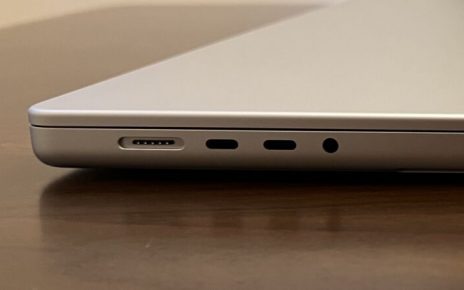
Enlarge / Scientists have devised a new method for determining the aerodynamics of baseballs in free flight. (credit: Mike Kemp/Getty Images)
Baseball has long been a popular topic of research for physicists, largely because of the complex aerodynamics of a baseball in flight. Traditionally, scientists relied upon wind tunnel experiments to measure key properties like speed, spin, lift, and drag, but this approach can’t quite precisely capture tiny shifts in drag. And even small shifts in drag can have large effects—like a dramatic increase in the number of home runs.
That’s why two physicists have developed a laser-guided speed measurement system to measure the change in speed of a baseball mid-flight and then used that measurement to calculate the acceleration, the various forces acting on the ball, and the lift and drag. They described their approach in a recent paper published in the journal Applied Sciences and suggested it could also be used for other ball sports like cricket and soccer.
Any moving ball leaves a trail of air as it travels; the inevitable drag slows the ball down. The ball’s trajectory is affected by diameter and speed and by tiny irregularities on the surface. Baseballs are not completely smooth; they have stitching in a figure-eight pattern. Those stitches are bumpy enough to affect the airflow around the baseball as it’s thrown toward home plate. As a baseball moves it creates a whirlpool of air around it, commonly known as the Magnus effect. The raised seams churn the air around the ball, creating high-pressure zones in various locations (depending on the pitch type) that can cause deviations in its trajectory.





